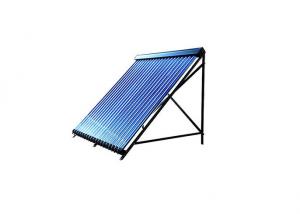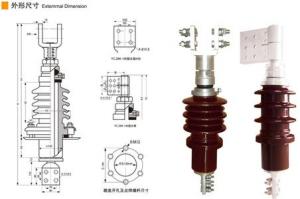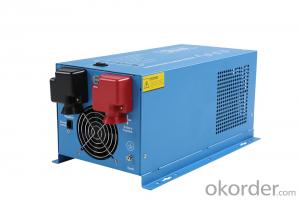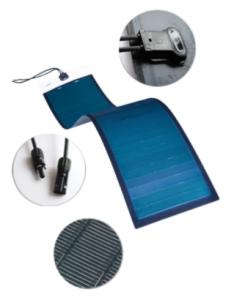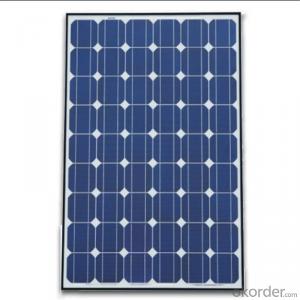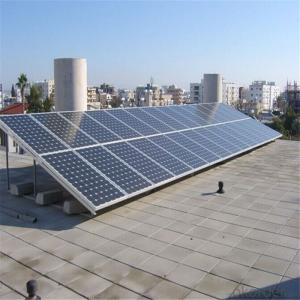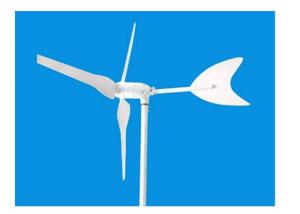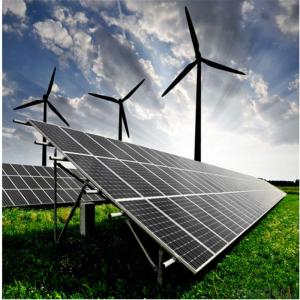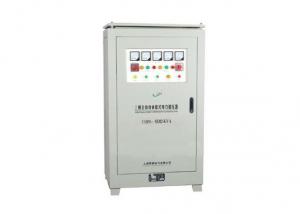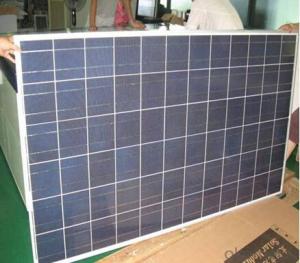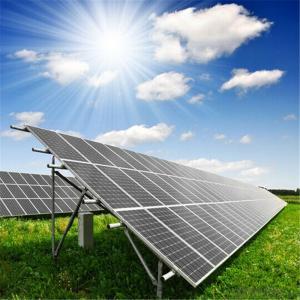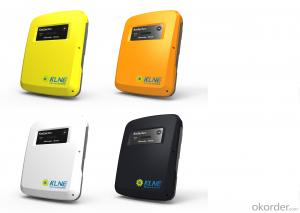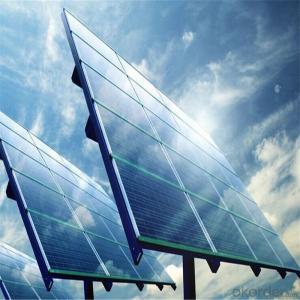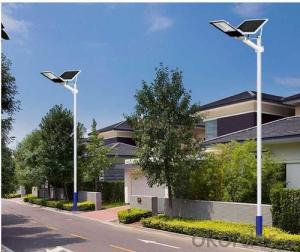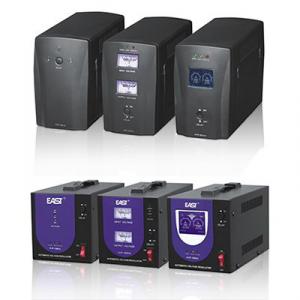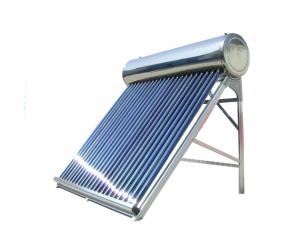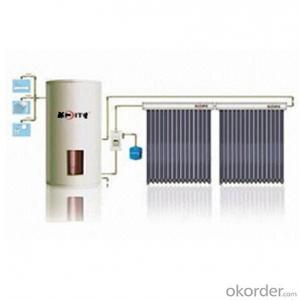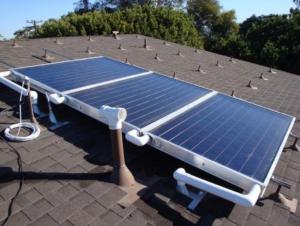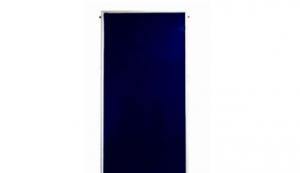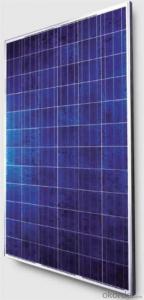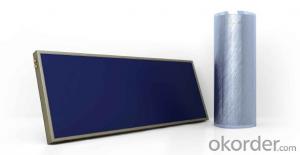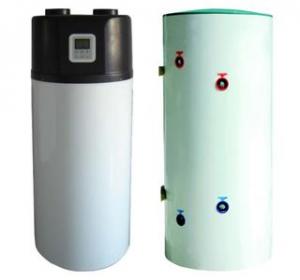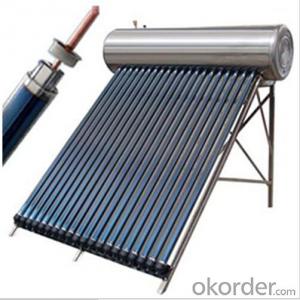100kw Solar Inverter
100kw Solar Inverter Related Searches
100 Kw Solar Inverter 100 Watt Solar Inverter 100w Solar Inverter 100 Kva Solar Inverter 100 Amp Solar Inverter Solar Inverter 100 Watt 100 Watt Solar Panel Inverter 100 Kw Hybrid Solar Inverter 100kw Solar Inverter Price Inverter For 100w Solar Panel 100w Solar Panel With Inverter 100 Kw Solar Inverter Price Sma 100 Kw Solar Inverter 100 Kva Solar Inverter Price Abb Solar Inverter 100kw 50kw Solar Inverter 80kw Solar Inverter 50 Kw Solar Inverter Solar Inverter 50kw 80 Kw Solar Inverter 1000kw Solar Inverter 10kw Solar Inverter 50 Amp Solar Inverter 300kw Solar Inverter 120v Solar Inverter 150 Kw Solar Inverter 10kw Inverter Solar 1000 W Solar Inverter 1000w Solar Inverter 60 Kw Solar Inverter100kw Solar Inverter Supplier & Manufacturer from China
The 100kw Solar Inverter is a high-capacity device designed to convert the direct current (DC) generated by solar panels into alternating current (AC) that can be fed into the power grid or used by electrical appliances. This advanced technology is essential for large-scale solar power systems, ensuring efficient energy conversion and reliable performance.The 100kw Solar Inverter is widely used in various applications, including commercial, industrial, and utility-scale solar power projects. Its robust design and high efficiency make it an ideal choice for businesses and organizations looking to harness the power of the sun to reduce their energy costs and carbon footprint. By integrating this inverter into their energy infrastructure, users can optimize their solar power generation and contribute to a sustainable future.
Okorder.com is a leading wholesale supplier of the 100kw Solar Inverter, offering a vast inventory to meet the growing demand for clean and renewable energy solutions. With a commitment to quality and customer satisfaction, Okorder.com ensures that each 100kw Solar Inverter is thoroughly tested and certified to perform at peak efficiency. By partnering with Okorder.com, customers can access reliable, high-performance solar inverters that are essential for maximizing the potential of their solar power systems.
Hot Products
